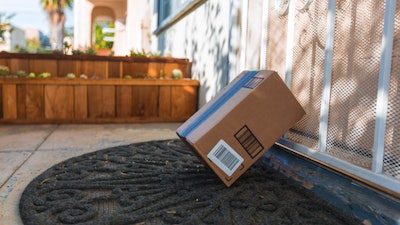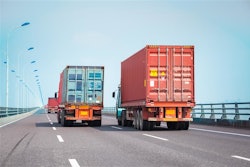
It is no exaggeration that the global pandemic has disrupted shipping worldwide. Latin America has arguably seen the most dramatic changes due to the shifting behaviors of consumers in these markets. Local business closings and the need for social distancing pushed millions of Latin American consumers, formally reticent to shop online, to utilize e-commerce to procure goods.
But, as the pandemic continued, Latin Americans rapidly embraced e-commerce. Total retail e-commerce sales in 2020 to the Latin American markets grew 36.7% to $84.95 billion. That number is expected to continue to grow in 2021. Furthermore, the future of e-commerce in Latin American appears to be bright. According to an eMarketer report, 78% of Latin American consumers intend to continue shopping online after the pandemic has passed. What would seem to be a temporary, pandemic-induced trend, is in fact, the new normal for the foreseeable future. Unfortunately, Latin Americans will not see all its advantages such as same-day or next-day delivery available to consumers in other parts of the globe.
For online retailers, the business opportunities for these rapidly burgeoning markets are numerous. The largest of these opportunities include Argentina, which saw an e-commerce growth of 79%; Brazil coming second at 35%; and Mexico, which saw a 27% increase. While these numbers are encouraging, they also come with new expectations. Like their North American counterparts, Latin American consumers have embraced online shopping and also expect the services that come with these new sources for goods, namely shipping. They have come to expect options such as greater visibility regarding total shipment costs, the ability to compare rates, booking and tracking shipments in real-time and receiving proactive alerts and notifications about shipment status. For businesses, especially those with little or no experience with international shipping, the new complexities involved can also become obstacles.
For starters, navigating any country’s rules and regulations can be daunting. Each nation has its formal procedures and dramatic differences in tariffs, local taxes and import duties on specific materials. Businesses may resort to entities further down the supply chain to handle these complexities. However, third-party transport and fulfillment providers are under no obligation to ensure their accurate calculations; mistakes they make can be costly to that business. As diverse as the procedures can be, one can also count on them to be in a state of frequent fluctuation. Even for businesses performing their due diligence in applying accurate taxation information to their product catalogs, this data will need constant updating. For smaller businesses, they may not have the resources to keep up with this need and put them at risk for shipments being refused due to a higher tax rate recorded.
These are a few of the challenges involved in ensuring goods find entry into their destination countries but not the full extent of the potential complications. Once shipments are safely within borders comes a new set of logistical challenges – technology gaps, lack of infrastructure, overwhelming traffic congestion and last-mile delivery.
In Latin America, logistics technology is commonly lacking 21st Century technological innovations such as computerized algorithms that find the most efficient routes for delivery services. Instead, many local companies are still in the “analog” age. They make decisions and alterations using maps, spreadsheets and pen and paper. A dispatch office makes phone calls to find drivers to handle routes. In short, they handle location, truck capacity, delivery route and driver availability information manually. This time-consuming process can add days, if not weeks, to delivery timetables. In addition, delivery destinations mean vehicles may have to navigate physically difficult or hazardous rural areas or urban areas with heavy traffic congestion. Finally, last-mile delivery services have no shortage of difficulties as well. Their resources are often limited to small, informal operations or independent drivers using their private vehicles. Deliveries may require multiple attempts, as unsafe conditions can prevent couriers from entering the area or leaving packages upon arrival.
No matter the link in the supply chain, cross-border shipping to Latin America is rife with challenges that even the most experienced e-commerce business may find overwhelming. Fortunately, they do not have to rely on their in-house capabilities — true end-to-end logistics services provide delivery assistance from the warehouse to consumers' front doors. For businesses experiencing shipping hardships now and those planning to expand their customer bases into these markets, the opportunity is now, but the planning must come first.

![Pros To Know 2026 [color]](https://img.sdcexec.com/mindful/acbm/workspaces/default/uploads/2025/08/prostoknow-2026-color.mduFvhpgMk.png?auto=format%2Ccompress&bg=fff&fill-color=fff&fit=fill&h=100&q=70&w=100)








![Pros To Know 2026 [color]](https://img.sdcexec.com/mindful/acbm/workspaces/default/uploads/2025/08/prostoknow-2026-color.mduFvhpgMk.png?ar=16%3A9&auto=format%2Ccompress&bg=fff&fill-color=fff&fit=fill&h=135&q=70&w=240)








